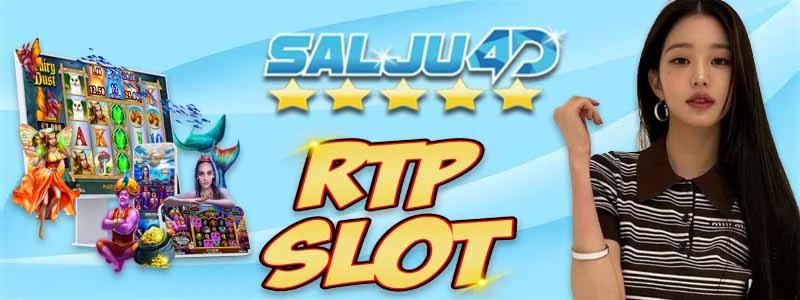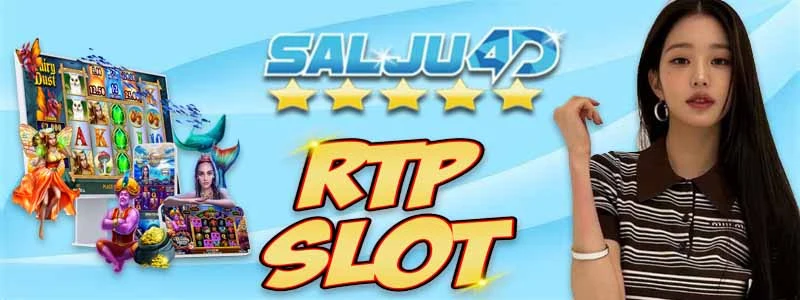RTP Live Slot
RTP Slot: Link Pola RTP Live Slot Gacor Hari Ini Terbaru Anti Boncos
RTP Slot: Link Pola RTP Live Slot Gacor Hari Ini Terbaru Anti Boncos
Couldn't load pickup availability
RTP Slot: Link Pola RTP Live Slot Gacor Hari Ini Terbaru Anti Boncos
 RTP slot sebuah simulasi pattern yang menentukan persentase game slot online. Rtp slot disajikan melalui sistem live yang dimana akan jauh lebih akurat. Rtp live slot gacor hari ini diciptakan oleh pragmatic play. Mengapa rtp slot gacor hari ini terbaru diciptakan? Karena dapat meminimalisirkan kekalahan dalam bermain slot online. Pastinya melalui rtp live terdapat bocoran maupun kisi-kisi persentase kemenangan. RTP live slot dirancang dalam bentuk tabel yang akan memudahkan slotmania melihatnya. Bocoran rtp slot pastinya akan membuat pemain anti boncos. Wajar saja apabila melihat banyaknya pemain mencari rtp slot. Bagi pemain yang ingin menang tentu saja mereka akan memanfaatkan pola slot gacor hari ini.
RTP slot sebuah simulasi pattern yang menentukan persentase game slot online. Rtp slot disajikan melalui sistem live yang dimana akan jauh lebih akurat. Rtp live slot gacor hari ini diciptakan oleh pragmatic play. Mengapa rtp slot gacor hari ini terbaru diciptakan? Karena dapat meminimalisirkan kekalahan dalam bermain slot online. Pastinya melalui rtp live terdapat bocoran maupun kisi-kisi persentase kemenangan. RTP live slot dirancang dalam bentuk tabel yang akan memudahkan slotmania melihatnya. Bocoran rtp slot pastinya akan membuat pemain anti boncos. Wajar saja apabila melihat banyaknya pemain mencari rtp slot. Bagi pemain yang ingin menang tentu saja mereka akan memanfaatkan pola slot gacor hari ini.
Share

